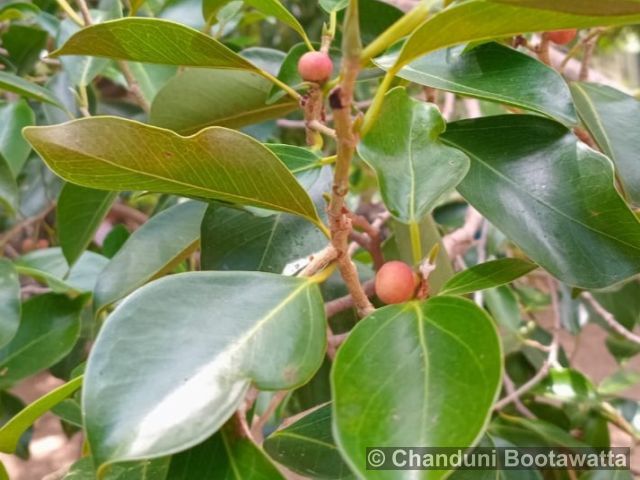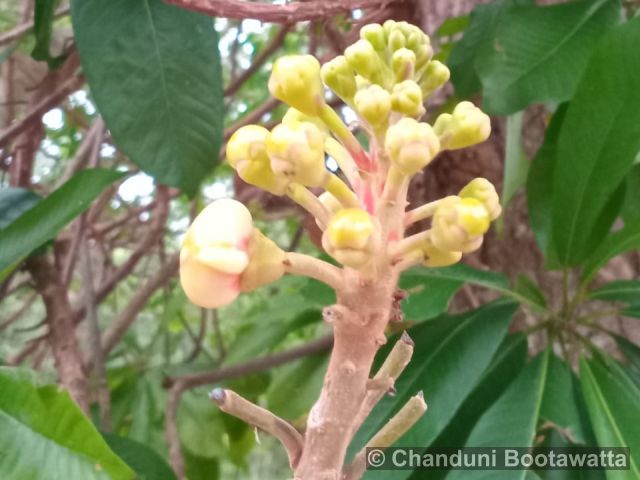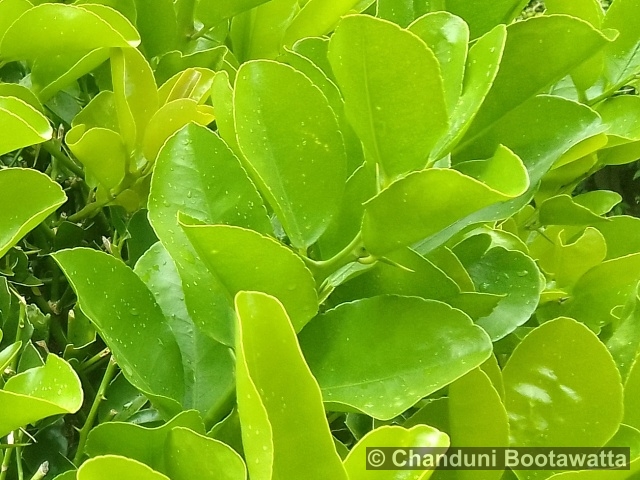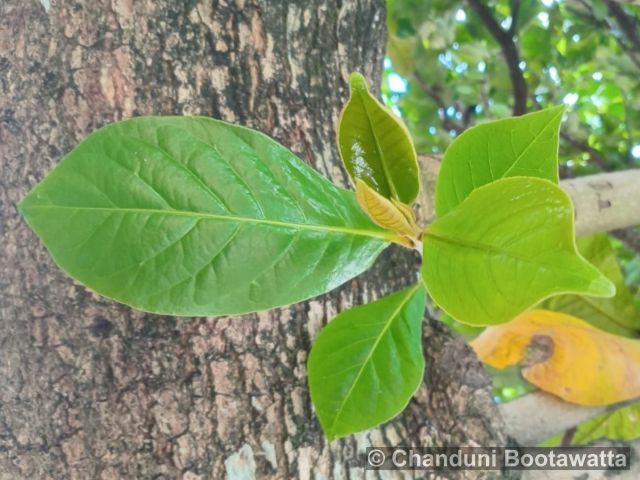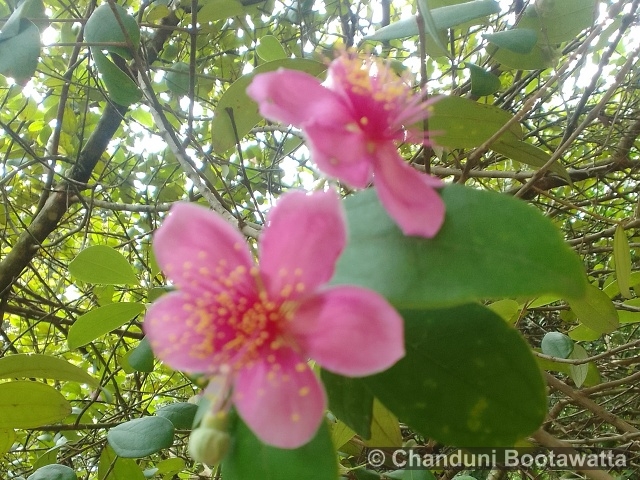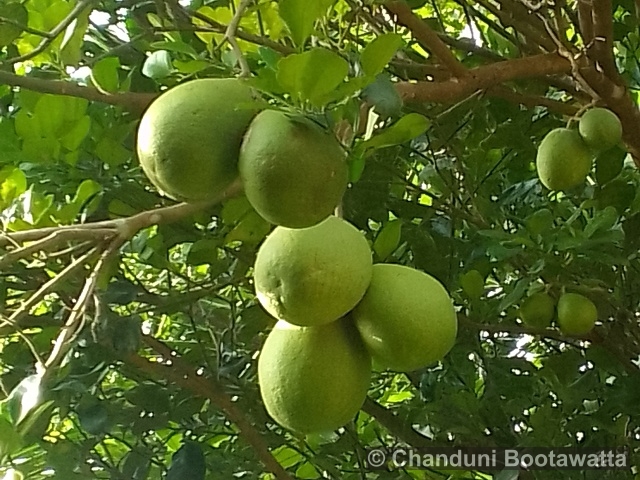Tento příspěvek byl přečten382krát!
Cobra saffron, Indian rose Chesnutt
Syn: Calophyllum nagassarium N. L. Burman, Mesua nagassarium (N. L. Burman) Kostermans
Family: Calophyllaceae

Description: The tree features large, fragrant, white flowers with striking yellow stamens that bloom against a backdrop of shiny, leathery leaves that exhibit a red or pinkish hue when young, turning dark green as they mature. The leaves are elongated and lanceolate, creating a lush, dense canopy. Mesua ferrea also produces distinct reddish-brown buds that are velvety to the touch, which eventually open into the showy flowers. Its trunk is characterized by dark, rough bark.
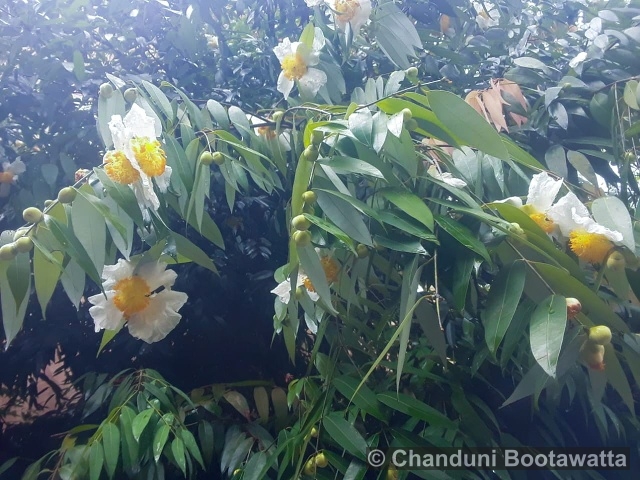
Substitutions: Calophyllum inophyllum – also known as the Tamanu tree, produces white, fragrant flowers throughout the year that add a pleasant scent to the surroundings. Its leaves are dark green, leathery, and shiny, giving the tree a lush and appealing appearance. The buds are small and reddish-brown, developing into the characteristic fragrant flowers. The trunk has rough, dark bark, and the wood is extremely durable, often used in construction. Additionally, the oil extracted from this tree is highly valued for its skin-healing properties. – Calophyllum soulattri – commonly referred to as Bintagor Laut, has creamy-white, fragrant flowers that are often used in traditional ceremonies due to their pleasant aroma. The leaves are thick, shiny, and dark green, maintaining the tree’s verdant appearance year-round. The buds are velvety and reddish, evolving into attractive, fragrant flowers. This medium-sized tree has strong, dense wood that is prized for timber and is also known for its traditional medicinal uses. – Calophyllum tomentosum – features small, white, fragrant flowers that typically appear in clusters, enhancing its ornamental value. Its leaves are glossy, dark green, and oval-shaped, providing dense, lush foliage. The buds are brownish-red and velvety, eventually turning into small but pleasantly scented blooms. The tree’s thick bark and strong wood make it valuable for various building purposes, and its oil is widely used in traditional medicine.
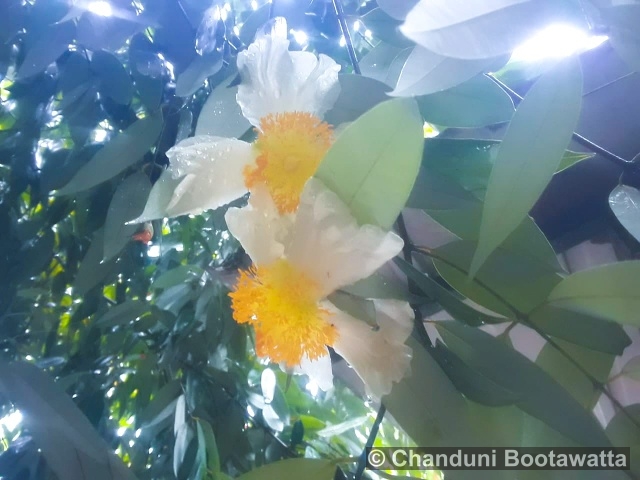
Ecology: Thrives with balanced macronutrients (nitrogen, phosphorus, potassium) and essential micronutrients (iron, manganese, zinc), in well-drained, slightly acidic to neutral soil, with adequate sunlight, regular watering, and protection from extreme cold or waterlogged conditions.
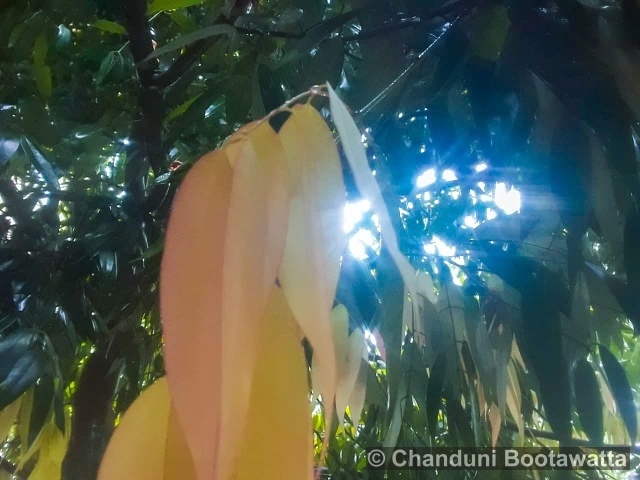
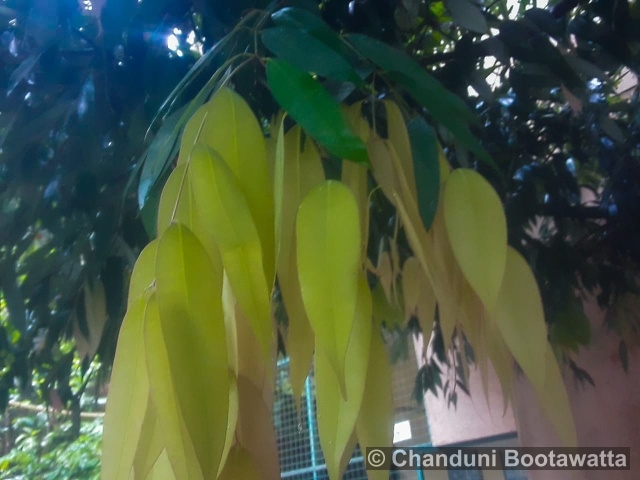
General distribution: Generally distributed across tropical and subtropical regions of South and Southeast Asia. It is native to countries such as Sri Lanka, India, Myanmar, Thailand, Malaysia, and Indonesia.
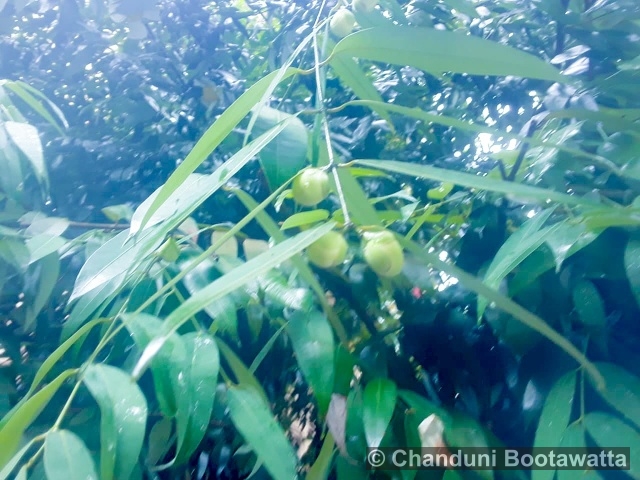
Use: It is renowned for its exceptionally hard, durable wood, often used in construction and heavy-duty applications. Beyond its ornamental value, the tree is prized in traditional medicine for its anti-inflammatory and antimicrobial properties, with various parts used to treat ailments such as skin conditions and respiratory issues. Additionally, it holds cultural significance in several Asian traditions and is planted in temples and gardens for its beauty and spiritual symbolism.
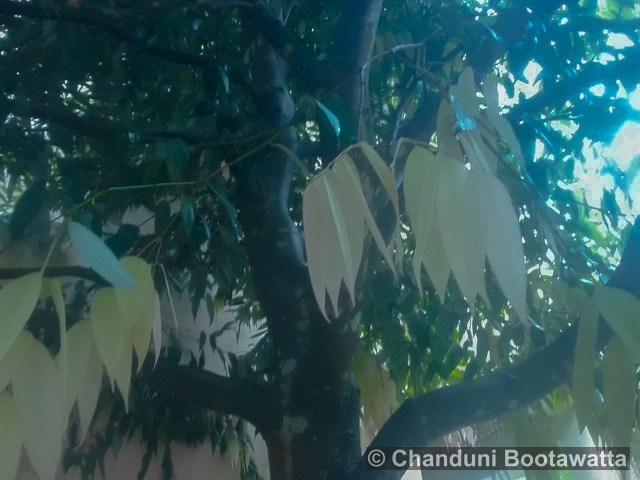
Author of text and photos: Chanduni Bootawatta.
Photographed in Matale, Sri Lanka on 27/05/2024.



 Poslat emailem
Poslat emailem